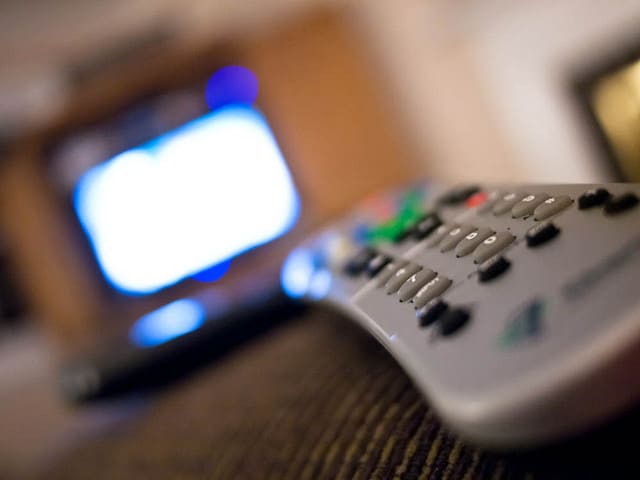
Wand, joypad, keyboard, trackpad, voice, mobile, wave, tablet or just plain ‘ol candybar? Which of these is the best way to navigate television, as the TV is upgraded by unfamiliar new features like web, apps, VOD and games?
At IP&TV World Forum in London, I tried several of the software and hardware technologies pitched by dozens of jostling vendors to new internet TV operators. My conclusion – the four-directional paradigm of the conventional TV remote control, used by most new-wave connected TVs, is no longer suitable for the exploding new set of use cases for the humble telly box.
The remote control must die; but what’s next? One company at the apex of that question is Philips, which, unbeknownst to many onlookers, already makes remote controls for an array of TV makers, set-top box vendors and pay-TV operators like BSkyB.
Philips now offers its own Wiimote-like gesture stick to screen makers like HP; (NYSE: HPQ) a motion-sensitive, qwerty-equipped uWand; candybars with integrated laptop trackpads and, yes, plain ‘ol candybars for internet TV operators who still want them.

After speaking with Philips’ Ans Tambuyzer, I’m convinced that there is no consistent position amongst the kind of service operators to which Philips is catering. That’s why Philips is making such a varied range of devices. Many new devices are suitably different enough from peers to justifiably demand entirely different input mechanisms from the madding crowd. Take Xbox’s voice and gesture Kinect controls as testament to that.
All of this means the TV input segment is about to embark upon the same kind of innovative period of disruption and competing standards that the TV space is now wrestling with and which the internet itself before it first unleashed.